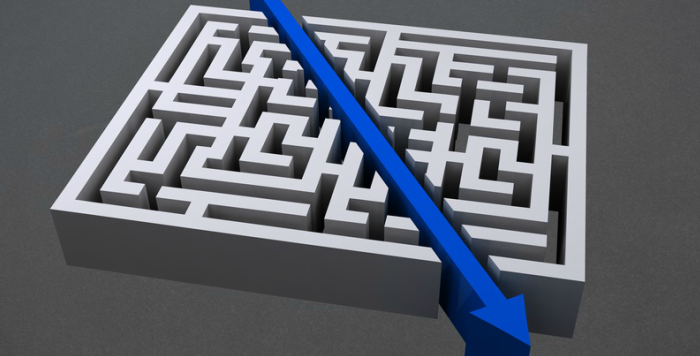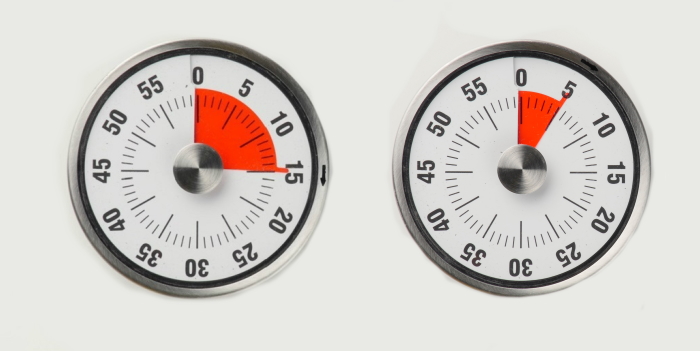New rules = new tools: DTCC simplifies technology ahead of EMIR rewrite

This week we attended the DTCC’s Partners Forum in London to get a taste of what the future holds for firms reporting data to the global trade repository (GTR). As reporting rules become more complex across all global jurisdictions, the DTCC is aiming to simplify the functionality of the GTR. Of course anything that makes reporting more straightforward is something we welcome here at Kaizen but there is a lot of work to do to prepare and resource appropriately to make sure you comply with the both changes in obligations and at DTCC.
The next phase of the GTR Re-architecture is going to be aligned with the go-live weekend for EMIR RTS on October 28th and is scheduled to be rolled out globally in 2018.
If you have access to DTCC’s learning center you can see all of the latest updates here.
Straightforward ingestion
The new harmonized template is a ‘one size fits all’ solution to understanding how to format and upload data to the repository. It acts as a one-stop-shop for finding the required information across all five asset classes and also enables filtering on specific products within asset classes, giving greater clarity on what fields are required to be reported.
Practical processing
DTCC have also adopted a new ‘latest is greatest’ approach in trade state calculation. This removes the complexities of multiple submissions being interdependent on each other. UTI locks will also become a thing of the past which will make successful submission to the GTR easier. However, this puts more responsibility on data submitters to ensure that counterparties are correct and to remove any incorrect submissions. Delegated submissions will also be split into two parts and allow for separate processing per counterparty.
Error messages are also being redesigned and will give greater insight into exactly where the error lies and what needs to be corrected.
Upgraded reports and portal
What we view as the greatest benefit of the Re-Architecture is the new way in which counterparties and third parties will have access and visibility to data. Participants will have absolute transparency on what has been reported to the regulator and who it has been reported for. Historic data will also be retrievable with the new search tool. Eventually recurring queries can be scheduled to allow bespoke reports to be generated for every user on a timeline that will suit them.
Changes in context
The DTCC Re-Architecture is a big step in the right direction in terms of simplifying the way data is submitted and viewed but there is a lot of work to do to get to a place where you can truly take advantage of its benefits – and the clock is ticking.
We are helping a number of firms understand and get the correct controls in place for the new EMIR RTS obligations due to come into force on I November, please get in contact if you would like to have a conversation about this or any other upcoming changes to reporting obligations.


